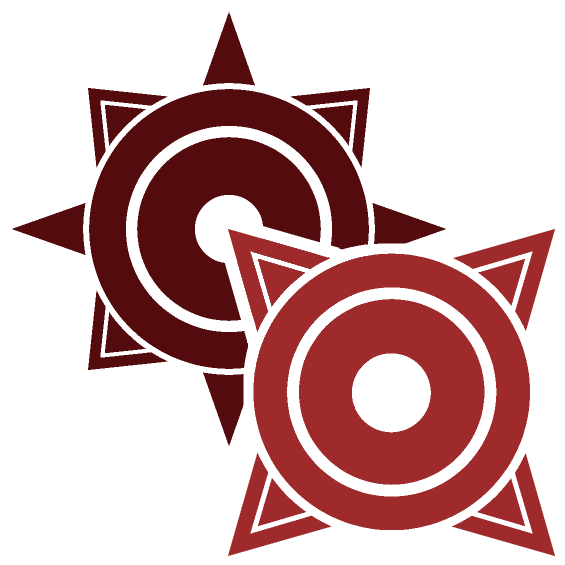Spark Bee
Spark bees are a species of hive insect that use Glow to augment their stings. They live in hives and are eusocial, with three distinct castes.
They should not be confused with spark wasps, which look similar, but are solitary insects and behave quite differently.
Spark Stings
Spark bees are famous for their painful, electrifying sting. Instead of venom sacks like Glowless bees, the stingers of spark bees act as focus points for delivering powerful blasts of Glow.
The discharge is strong enough to cause painful burns at the point of impact. It feels like a tiny explosion of fire. Sometimes it is strong enough to kill the stinging bee.
The flash of light that accompanies the sting is what gives spark bees their nickname. When other bees see this flash, it alerts them to the location of an enemy and prompts them to join in the attack. Since their stingers lack barbs, spark bees are able to pull themselves free of their victim and sting again, if they can recharge their Aura. On a sunny day, a large swarm of angry spark bees can easily kill an unprepared intruder. If they swarm a small enough target, their stings can literally cook their victim alive.
Fortunately, most species of spark bees are very docile and reserve their stings for only the most dangerous threats. If you leave them alone, they will leave you alone.
Basic Information
Anatomy
Spark bees look very similar to Glowless bees, but are much bigger. Their bodies are divided into three segments: the head, thorax, and abdomen. Their anatomy differs by caste. Spark bees have three castes: worker, drone, and queen.
Worker bees are all female and are the backbone of the hive. They venture out to find food, defend the hive, and collectively make decisions for the colony. They are the bee most commonly seen out in the open. Spark bee workers have longer and more slender abdomens than Glowless bees. Their abdomens end in a smooth, needle-like stinger.
Drones lack stingers and are all male. Their only purpose is to mate with the queens of other hives during mating flights. They die during the mating process.
There is only one queen bee per hive. Her only purpose is to mate with drones from other colonies during mating flights, and provide more eggs for the hive. If she fails, the worker bees will kill her and replace her with a new queen.
Coloring and Markings
Spark bees come in very bright reds and oranges with jet black stripes and neon yellow markings. Different species of spark bees have different patterns, and all of them are quite distinct. They have a faint metallic sheen due to the materials in their fur and skin that help them absorb Aura.
Some spark bees have patterns that mimic species of spark wasps that share their habitats, in an attempt to discourage predators from coming close. This can lead to confusion when trying to identify a spark bee versus a wasp. In general, bees are fuzzier than wasps and have shorter antennae and wings.

Dietary Needs and Habits
Spark bees forage for nectar from flowering plants in a large radius around their hive. Spark bees do produce honey, but only one species produces honey that is appetizing to people. Spark bees store honey to sustain them during the winter season, when resources are scarce.


Comments